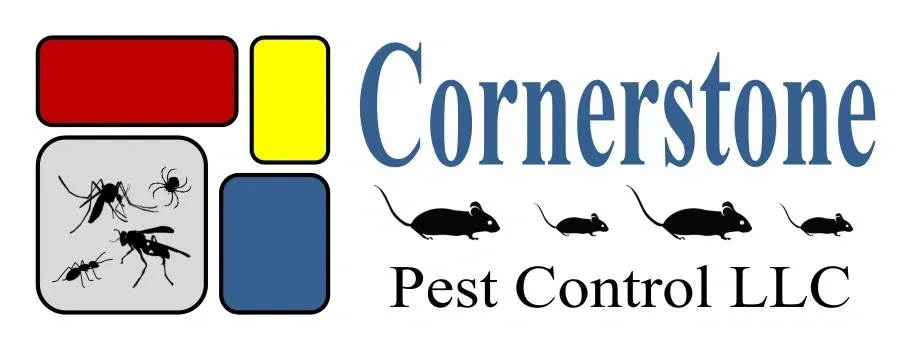When it comes to protecting your home, one of the biggest threats hiding in plain sight is wood-destroying insects. These pests can cause significant structural damage if left untreated, leading to costly repairs and safety concerns. In Southern New Hampshire and Northern Massachusetts, several species pose a particular risk to homeowners and business owners alike. Identifying them early is key to minimizing damage and ensuring proper treatment.
Termites
Perhaps the most infamous of all wood-destroying insects, termites are silent invaders that can compromise the integrity of a structure before you even notice their presence. In our region, subterranean termites are the primary culprits. They create colonies underground and access wood through mud tubes, feeding on the cellulose within. Signs of a termite infestation include:
- Hollow-sounding wood
- Mud tubes along foundations
- Discarded wings near windows or doors
- Warped or bubbling paint
Carpenter Ants
Unlike termites, carpenter ants don’t eat wood, but they do tunnel through it to build their nests. Over time, their excavation weakens wooden structures, leading to extensive damage. Carpenter ants prefer moist or decaying wood, often entering homes through cracks, vents, or tree branches in contact with the structure. Indicators of a carpenter ant infestation include:
- Piles of sawdust-like debris (frass)
- Large black or red ants appearing inside
- Faint rustling sounds within walls
- Hollow or weakened wooden beams
Powderpost Beetles
These tiny yet destructive insects bore into wood, laying their eggs inside. Once the larvae hatch, they tunnel through the wood, feeding on it for months or even years before emerging as adults. Powderpost beetles are particularly drawn to hardwoods, making flooring, furniture, and structural beams vulnerable. Signs of their presence include:
- Small, round exit holes in wood
- Fine, powdery sawdust near wooden surfaces
- Weak or crumbling wood
Old House Borers
A type of longhorn beetle, old house borers are another wood-destroying insect that can infest homes, especially newer constructions. Their larvae tunnel through wood for years, weakening structures from the inside out. These pests are often found in pine and other softwoods used in framing. Telltale signs include:
- Clicking or rasping sounds from within walls
- Oval-shaped exit holes
- Fine powdery frass around infested wood
How to Prevent & Treat Wood-Destroying Insect Infestations
The best way to avoid costly damage from wood-destroying insects is through prevention and early detection. Here are some key steps you can take:
- Reduce moisture: Fix leaks, improve drainage, and ensure proper ventilation in basements and crawl spaces.
- Eliminate wood-to-ground contact: Keep firewood, mulch, and wood debris away from your home’s foundation.
- Seal entry points: Close gaps in doors, windows, and siding to prevent insect access.
- Schedule regular inspections: Professional pest control inspections can catch infestations before they become serious problems.
At Cornerstone Pest Control, we specialize in identifying, preventing, and treating wood-destroying insect infestations in Southern NH and Northern MA. Our expert team provides customized treatment plans to protect your home or business from costly structural damage.
If you suspect an infestation or want to schedule a preventative WDI inspection, contact us today for a consultation. Don’t let wood-destroying insects compromise your property—take action now to keep your home safe and sound
